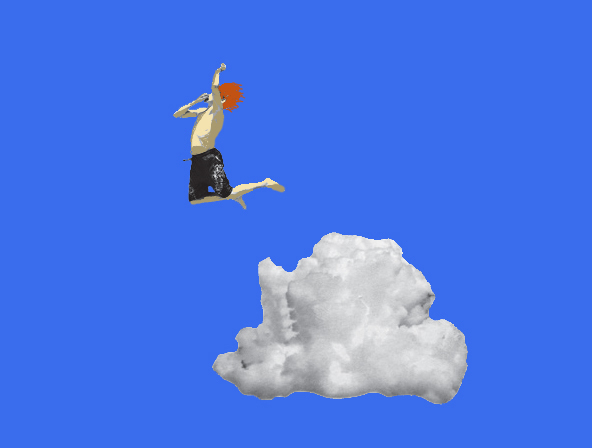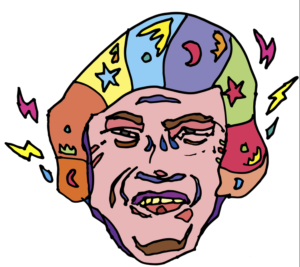Lots of people play it safe as they age, and for good reason. “Safe” seems to be a wiser choice than “sorry.” But could it be that we actually have that backwards?
Adhering to a predetermined routine means you know pretty much what each day is going to bring, even before you live it. In the meantime, the world around you is constantly changing, so the safe path you follow may be more uncertain than you think.
So how do we prevent ourselves from becoming ossified? To begin, The SuperOptimist recommends scheduling at least two risks a week into your calendar. But you don’t have to go skydiving right away. Try a few with a relatively high probability of success to start. Forgo the usual grape jelly and make yourself a peanut butter and honey sandwich instead. Break the routine and stroll down a different block on your way to the office. Turn off CNN and watch a video that offers insight into the nature of chance and probability.* Set your alarm for 5:00 am one morning and take in the sun rise. (Odds you can pull this off and not snooze alarm yourself back to 6:30? Let’s say 3 to 1).
Getting the hang of it? Now you’re ready to double down on risk, where your adrenals kick up a notch and your sweat glands activate as you actually experience the shock of the new. Take a month’s pay and visit your local casino for a few spins of the roulette wheel. You could win enough to pay off your mortgage, or you might find yourself without any money for next week’s grocery tab. Audition for an off-off Broadway show, despite your lack of acting experience. Your long shot might pay off in a featured role, or you could be driven from the theater with catcalls and brickbats. Approach a stranger and say hello. It could spark a new friendship. Or maybe not.
No matter what happens, the chance of you coming out on top is 100%! That’s because whether you win or lose, succeed or fail, you get to face your fears, collect more information for the next time, and have a swell story to tell your friends back at the salad bar, water cooler, or locker room (where they’re doing exactly what they did yesterday. But not you!).
Want to know more about the benefits of risktaking? Here’s what a cognitive researcher from Carnegie Mellon has written on the subject, and here’s why risk-takers are a smarter breed of human, according to scientists in Finland.
Vive la difference, et bonne chance pour la nouvelle année!
*Other words to add to your vocabulary include: odds, uncertainty, randomness, fortune, fate, hazard, unpredictability, and surprise.




